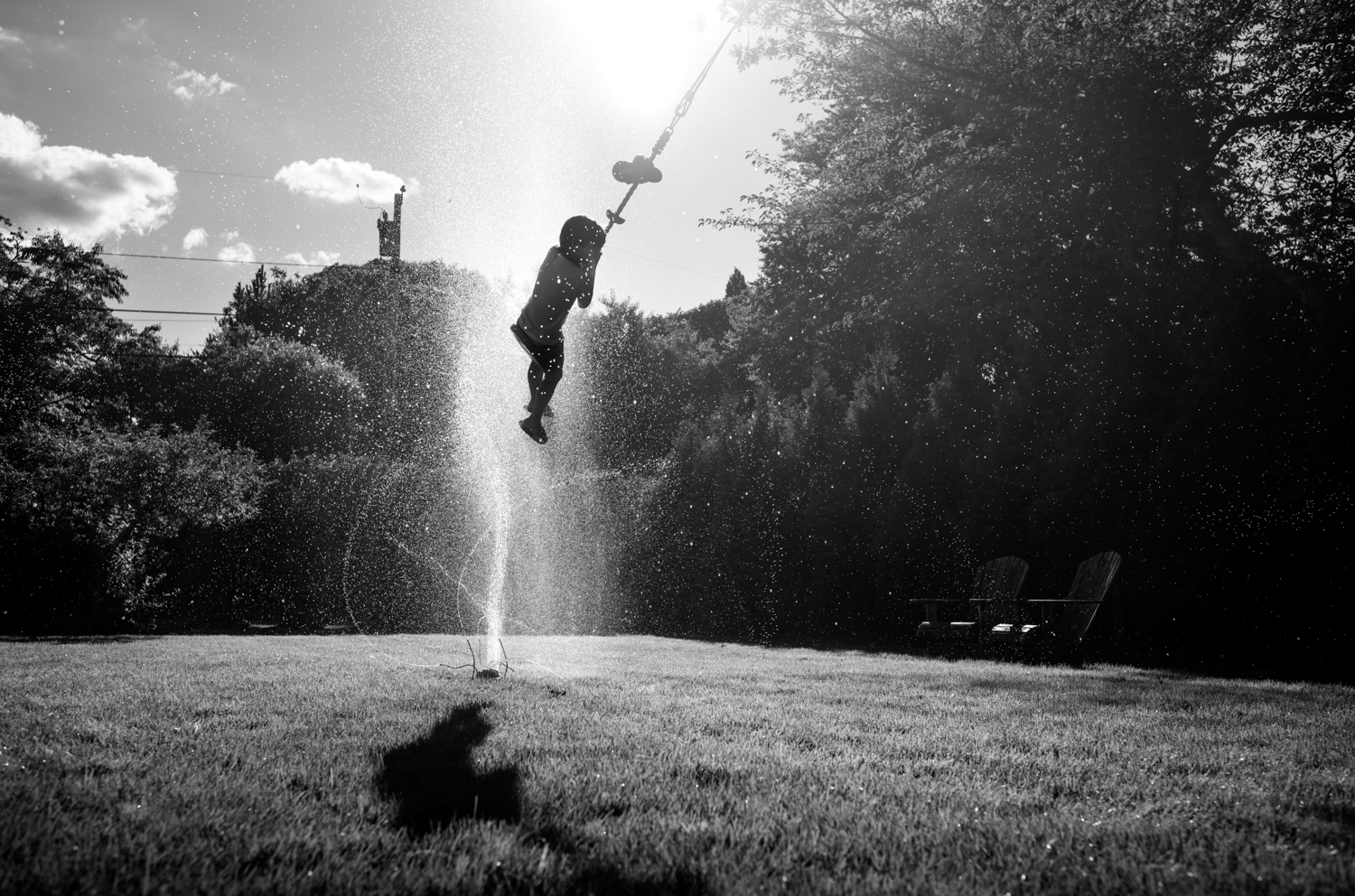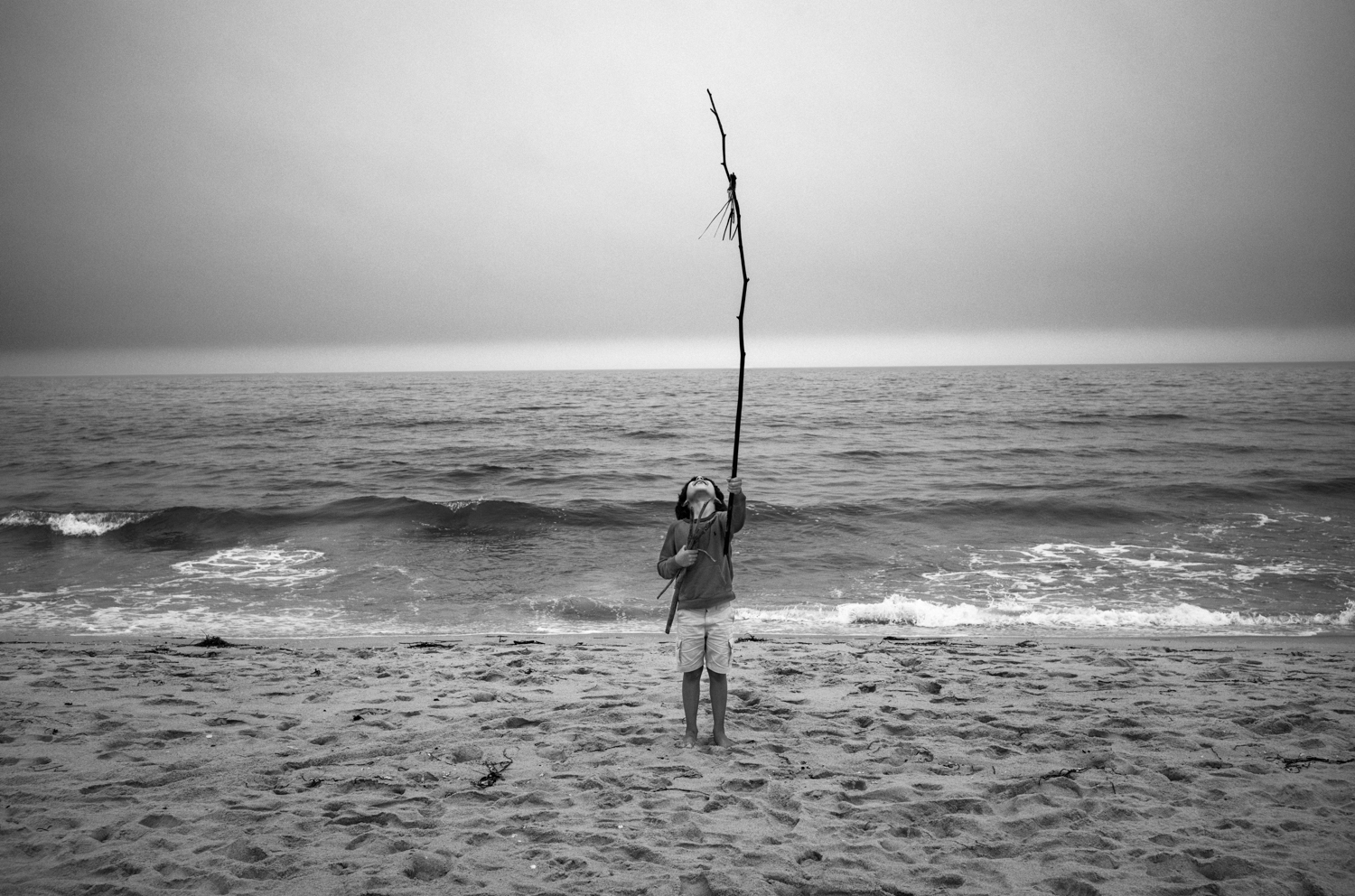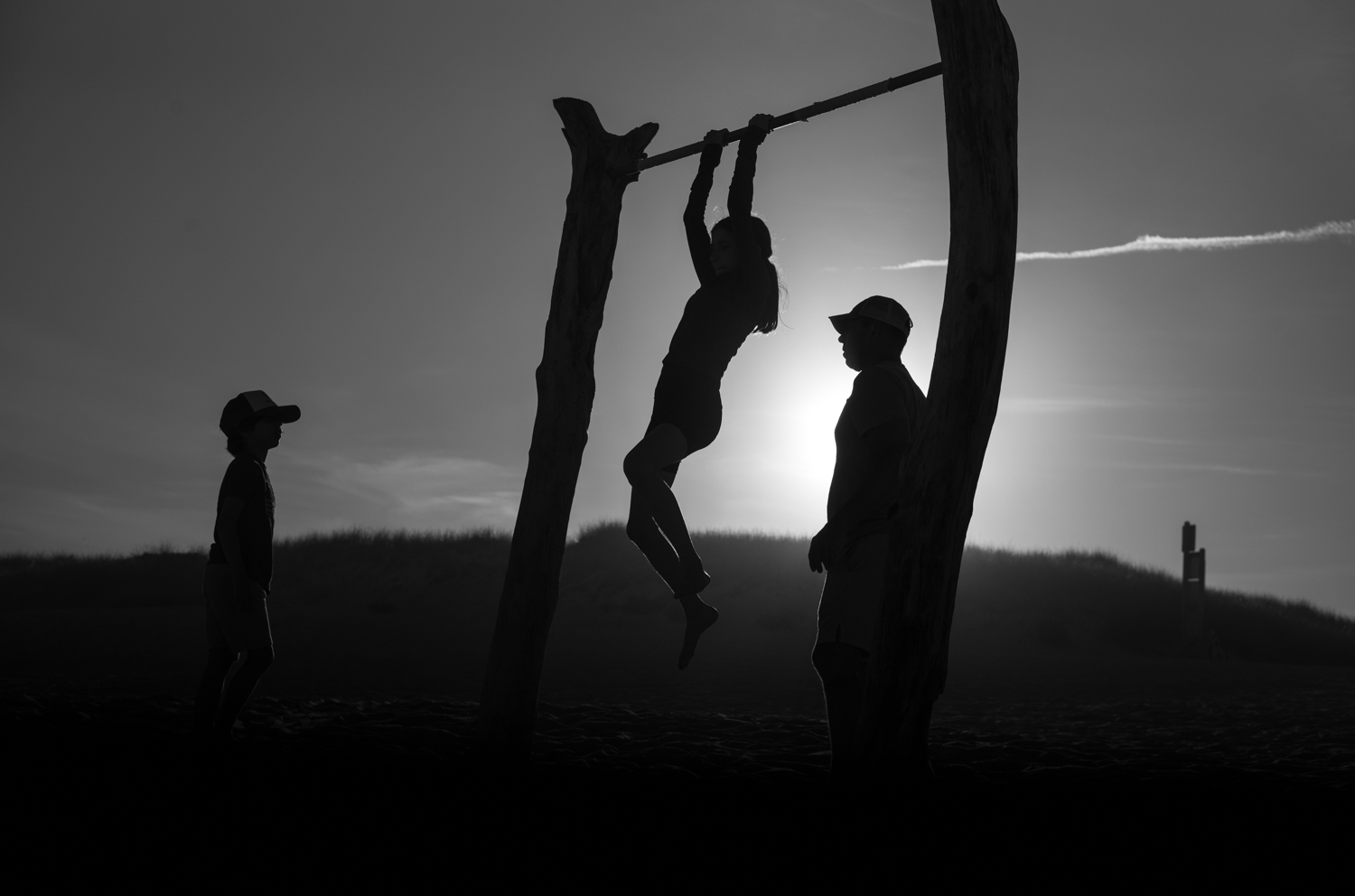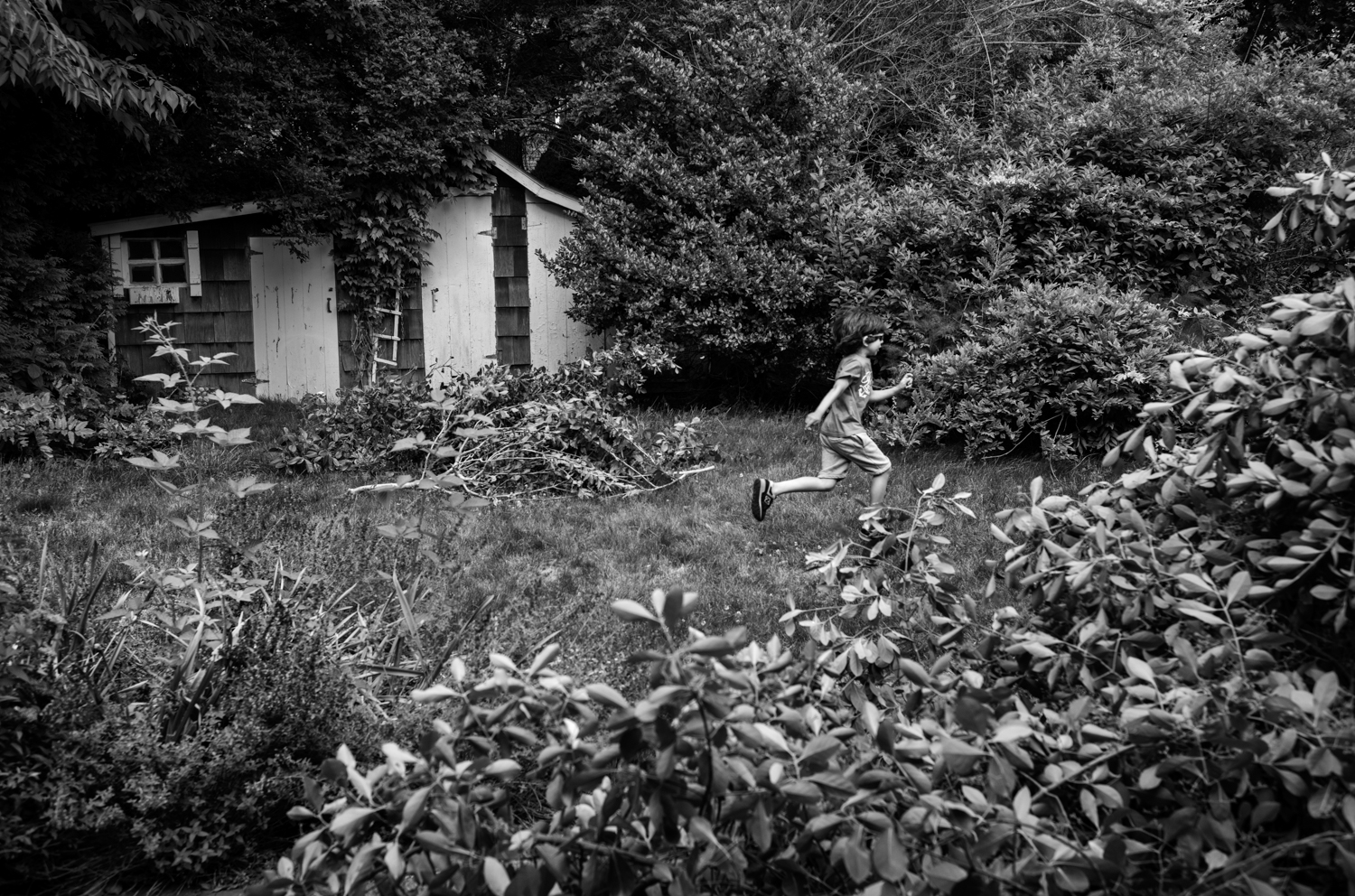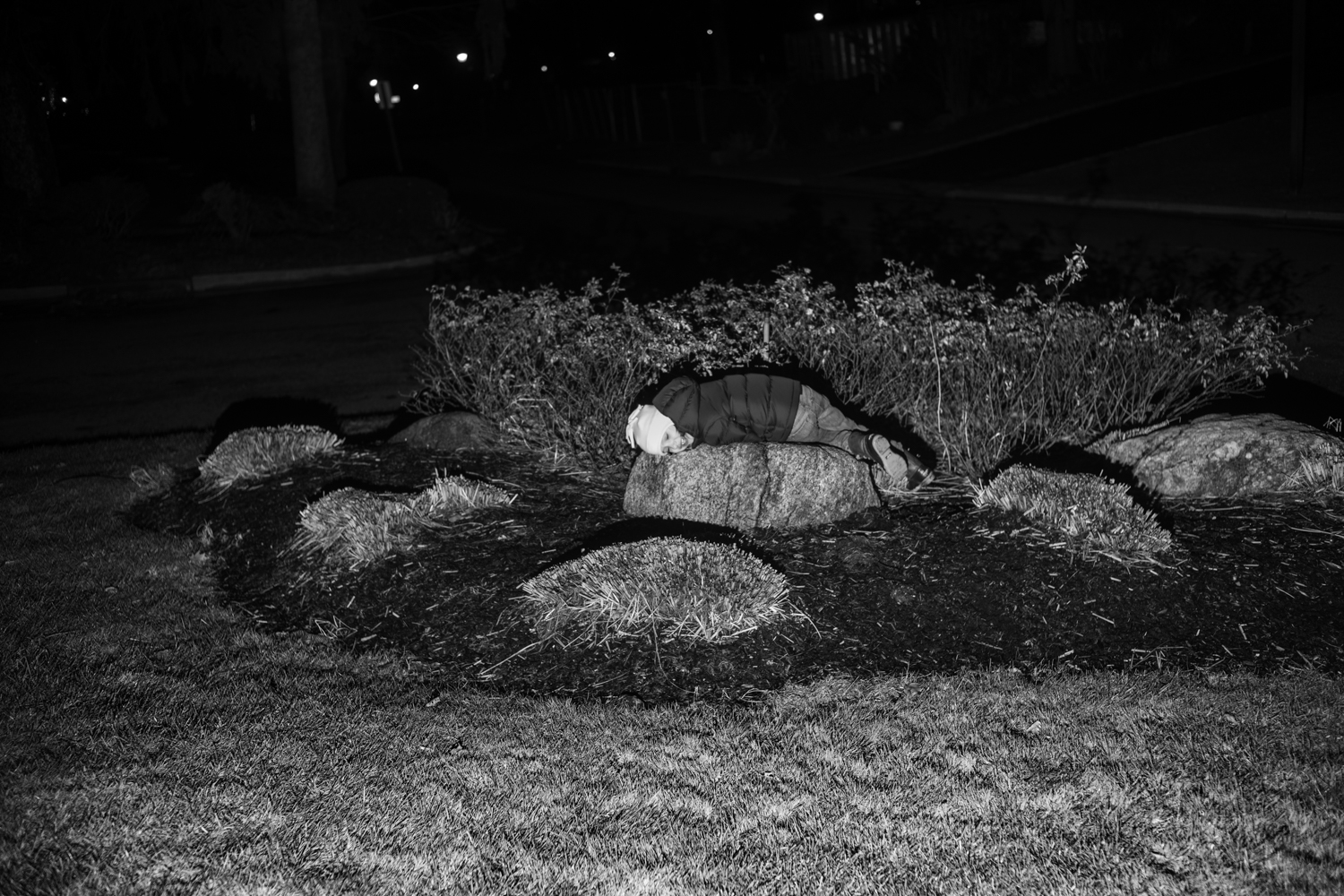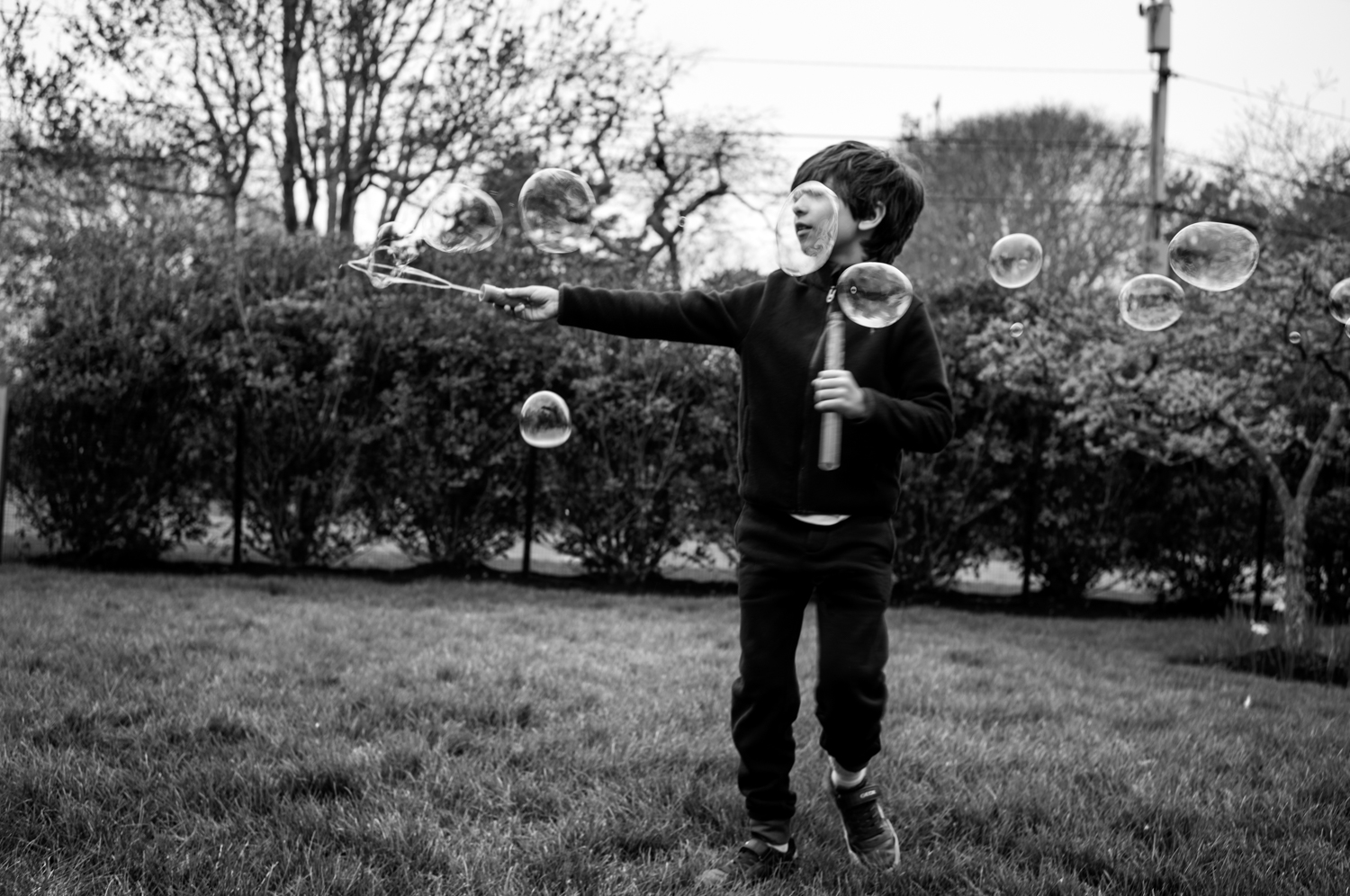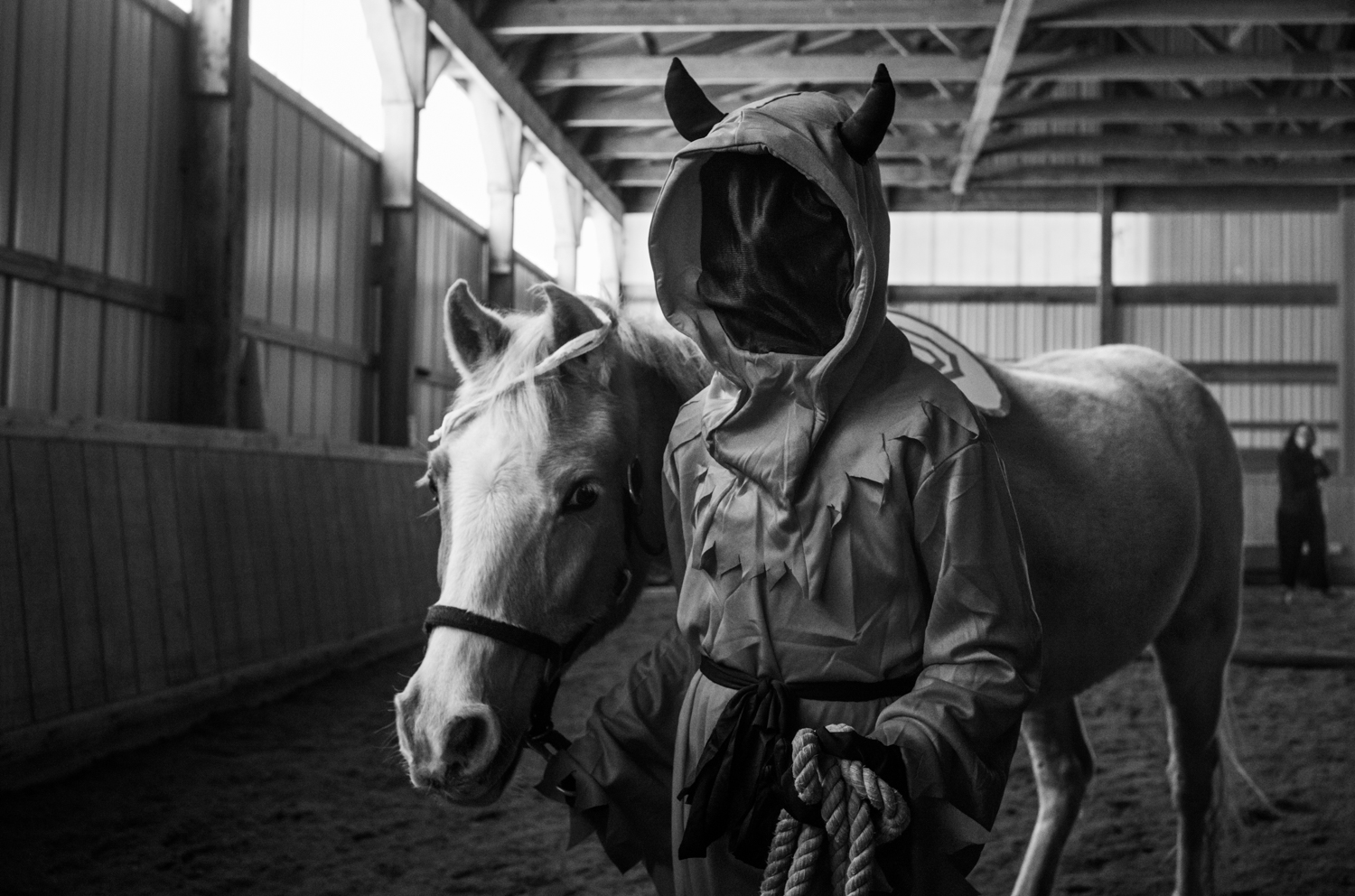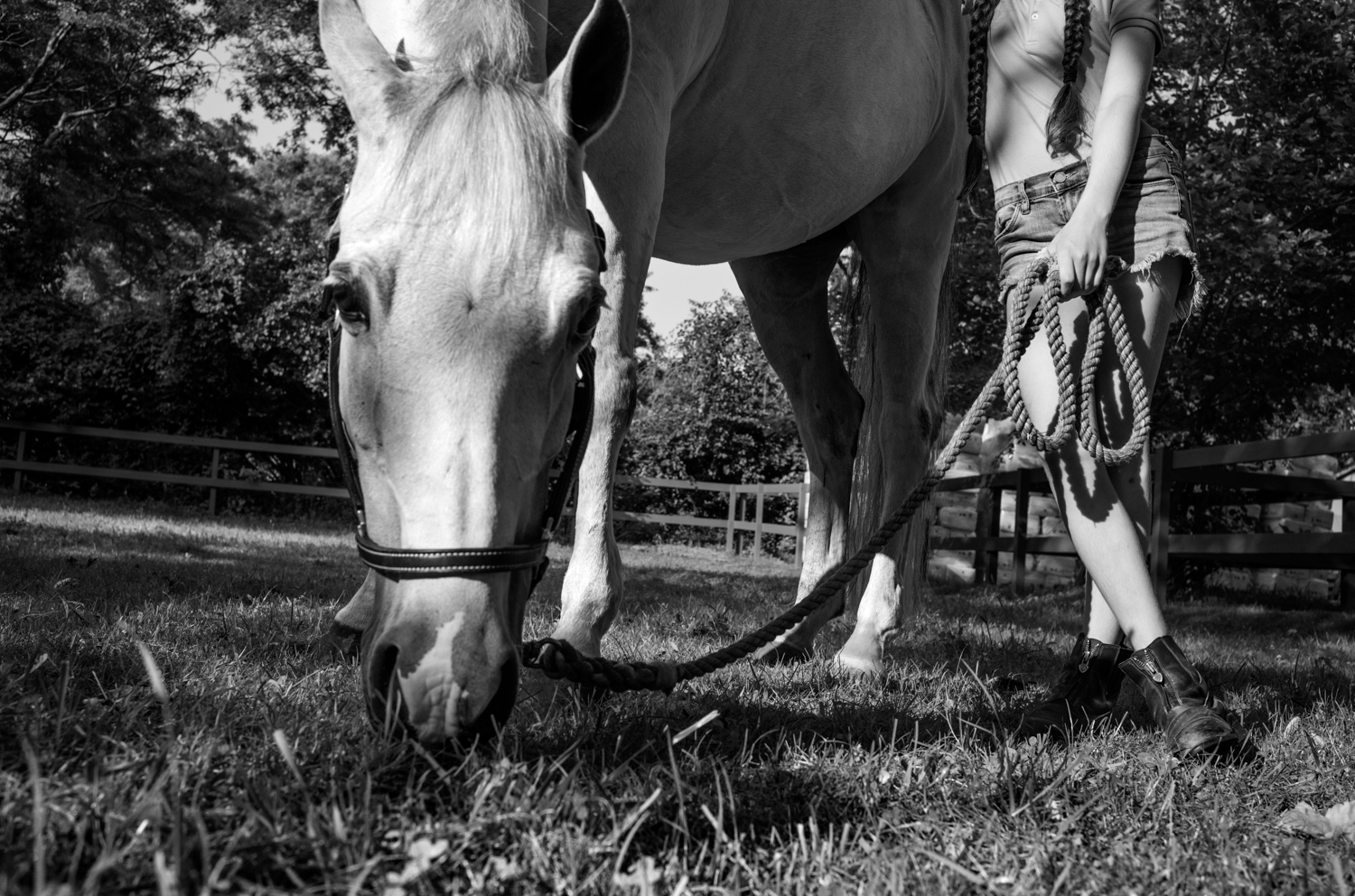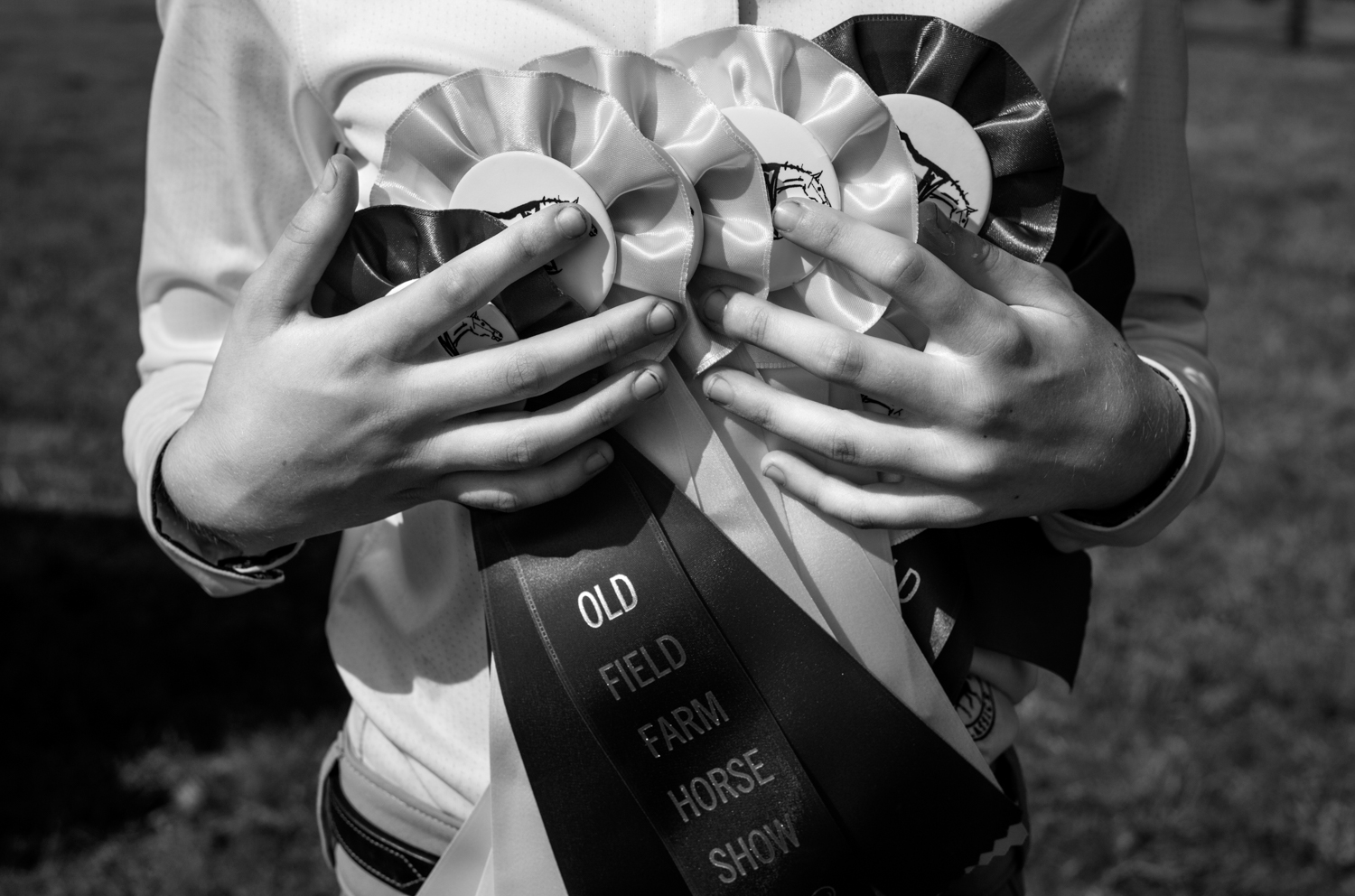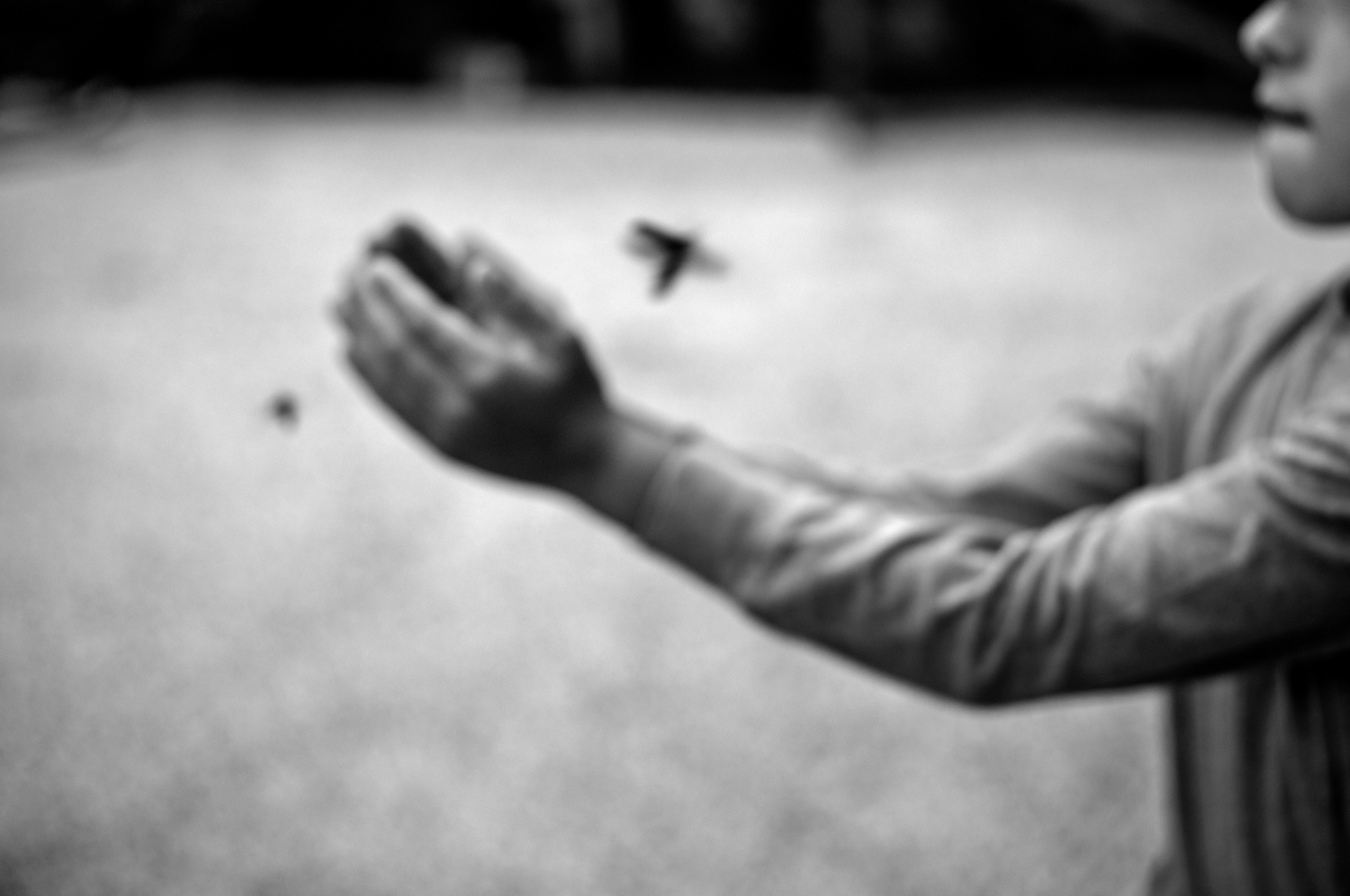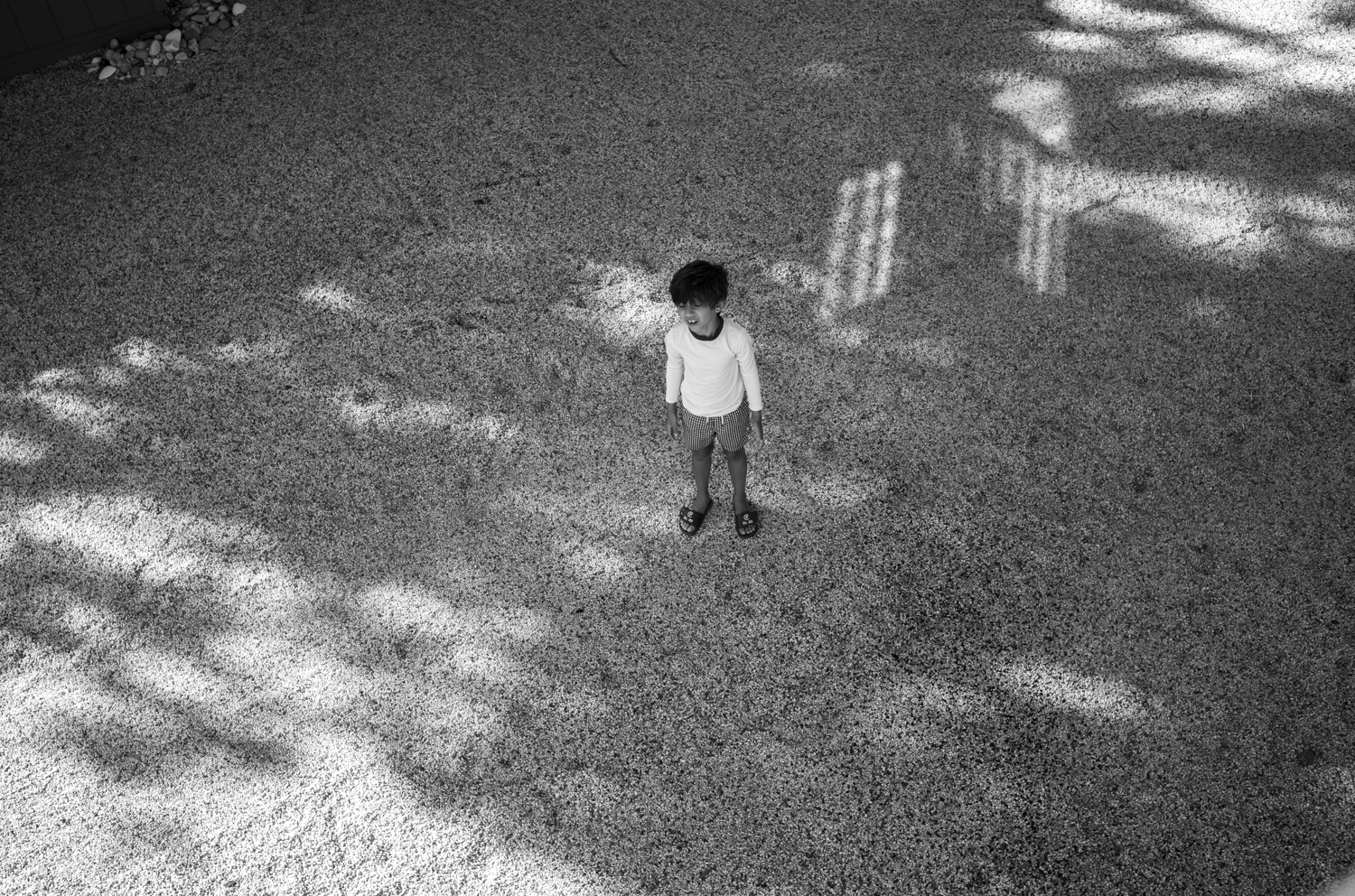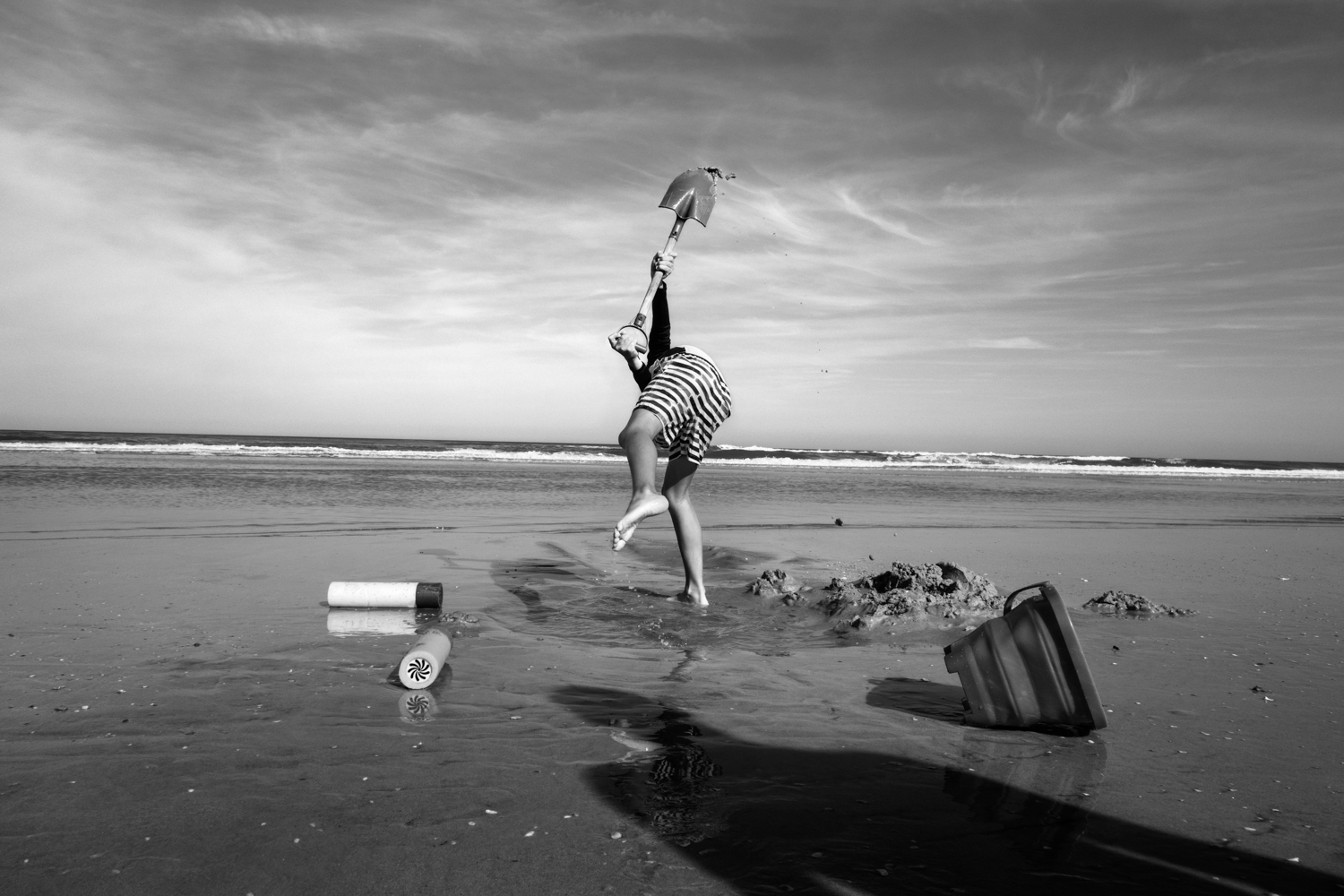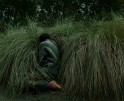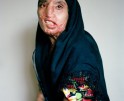Review Santa Fe: Denise Laurinaitis: The Missing Photographs
In early November 2024, I had the great pleasure of attending and reviewing portfolios at CENTER’s Review Santa Fe event for the second consecutive year. I love participating in portfolio reviews because they reinforce my fondness of the photographic arts, and of learning in general. Speaking with artists about their work deepens my appreciation for the themes they are passionate about. These conversations are illuminating, and inspire me to engage more thoughtfully with the world around me. Huge thanks and praise to the Center leadership team, volunteers, and participating artists for contributing to an amazing experience. This coming week, we will look at the work of some of the artists with whom I met (more to come in the future, I’m sure): Denise Laurinaitis, César Guardia Alemañi, Sylvia Galbraith, Stephan Jahanshahi, Kathleen Tunnell Handel, Duygu Aytaç, Kate Izor, and Anna Reed.
Today, we begin with The Missing Photographs by Denise Laurinaitis.
Denise Laurinaitis is an artist whose work expresses an implied narrative and explores topics of memory, identity and what it means to feel nostalgic. Each photograph is a reminder that the past and present are always connected. Denise holds a BA from Georgetown University, a JD from Hofstra University School of Law, has studied at the International Center of Photography, and is currently pursuing an MFA at Maine Media College. Denise has won numerous awards, including PRC Choice Award (Directors Award) at Photographic Resource Center’s Exposure 2023, Third Place Winner at Soho Photo Gallery’s 2023 National Competition and Honorable Mention at Colorado Photographic Arts Center’s 2023 Member’s Show. She was selected as a Critical Mass Top 200 Finalist in 2023 and 2021 by Photolucida. Her work has been exhibited nationally.
Follow Denise on Instagram: @denise.laurinaitis
The Missing Photographs
There was a big box of family photographs that my mother kept on a top shelf in her closet for years. It was rectangular, with a lid that popped off the top easily so that she could add to the pile inside it. She left it that way for years. And years. Open, drop in, close. And done.
Then came that Mother’s Day when I organized the photographs for her. I bought a massive album and lots of photograph holder corners, old-style, lick and stick. I arranged the photographs in chronological order as best I could across the floor. And that is when it dawned on me: there is a gap.
A missing portion of my childhood. It just isn’t there. The gap between early childhood and adolescence, as if it didn’t happen. The gap between my father’s death, and when we kids were old enough to photograph with our pocket-sized 110 film cameras.
Memories of my father have faded like the velvet sofa that sits too long in the window’s sunshine. I sit here, in my home, with my husband and children by my side. I am here, today. Everyday. Present. I see my children for the little people they are. Devoted favorite colors that have not budged once. Organization, and disarray. They are at the age of the missing photographs of my youth, representing the time right after my father’s death.
The days pass quickly, and I take it all in. Childhood is fleeting, and I get to experience it all over again. The wonderment, the skinned knees, the giggles, and the in-between. I feel that excitement in holding a firefly, its tickle so gentle as it walks across my hand. Did I actually live this before?
Daniel George: You speak about finding a gap in your family photo archive as a catalyst for this project. Tell us more about how/when the idea became more clear—leading to the beginning of The Missing Photographs.
Denise Laurinaitis: I began photographing my family just before my birthday in March 2020. I had more time to make photographs of them with COVID keeping everyone home, but the real catalyst was my 47th birthday. I realized that I was turning my father’s age when he became terminally ill. And I realized that my son was my age at the time of my father’s diagnosis and death. I began to watch my children play more and more over the next years, and I wondered whether I experienced the same things in that period of my life given the darkness that loomed over it. I also believed that these lived experiences were exactly what childhood is about. There was a tension between these two competing ideas which in turn led to the surreal aspect in the imagery. I was deep into the project when I made the connection to our family photo archive and its missing pictures. There was nothing in our album to help fill in the blanks in my memory, and so it seemed I had replaced it.
DG: Your broader photographic interests center on memory, identity, and nostalgia. From where does this fascination originate?
DL: I learned about mortality at a very young age. That, in turn, made me aware of time (and its passing) and memory. All three of these ideas go hand in hand. Losing a parent early in life makes you want to remember as much about them as possible, and it gets harder as time passes. And yet the brain never forgets emotional events. If we think about the past, do we remember the simple day-to-day play and new discoveries from childhood, or do we remember the time we lost something special, or fell and broke a bone, or even fell in love for the first time? I also find it fascinating that memories change as we repeat them, even if a photograph captures a glimpse of one.
Identity is tied closely to this because while we may not have explicit memories, the experiences – good and bad – become a part of who we are. In this project, I was playing with my identity too, as a mother, the caretaker and protector, while also stepping back into the child role. Nostalgia makes everything, including the more difficult memories, feel better. We look back to our college days and feel good. Yet if something had been difficult, a course that was impossibly hard for example, the nostalgic feeling takes over and reminds us that we made it through.
DG: In your statement you write, “I am here, today. Everyday. Present” This makes me wonder about one’s photographic practice as a form of mindfulness. Would you say that the creation of this work has given more clarity on your thoughts or feelings regarding the quotidian? In what ways?
DL: Absolutely. The project made me slow down and experience the simplicity of the everyday. It gave an overwhelming sense of peace in the now, without worrying about what had to get done in my adult world. I was able to relive childhood all over again and appreciate its innocence and freedom. A fun bonus was that while some of the activities were new even to me, they reignited certain feelings in me, as if a rebirth rather than a completely new emotional experience. I treasure that time we spent together.
DG: I’m always curious to hear about experiences working with children on projects like this. Besides being the focus of the images, what role did they play? Any sort of collaborative insights?
DL: Children are difficult to work with! Prior to this project, I rarely photographed my kids at play. It was too stressful because I was always wearing the director’s hat. With this project, I took a step back and was an observer and a participant. Most of the imagery was made spontaneously, not staged, while we were all playing together. At times the children invited me to photograph them at play so that I was part of the experience. During those times, they set everything up, and I just watched and responded. Sometimes my kids said “the light outside is amazing. Go get your camera!” That made my job easier. And occasionally, we collaborated in a portrait, but not every portrait made it into the final project. I preferred the more spontaneous moments.
DG: In the final sentence of your project statement, your inquiry puts forward the idea of reliving memories through the observance of others’ experiences. Looking at your photos, I can certainly identify characteristics and details that feel familiar—bringing personal experiences to my recollection. What else do these images offer you?
DL: In my generation and generations prior, few family photographs were made of kids at play. Imagery was much more event based, or portrait based, around birthdays and holidays and the like. We all have school portraits that we hate. These photographs serve as a reminder of the importance and necessity of childhood play. For me, they cement in the innocence of childhood, the new discoveries, the laughter as if you can hear it, and the freedom to be who you are, without fear of judgment. An interesting discovery was that all of it felt familiar and alive as I experienced it; I was able to step back in time. My hope is that the photographs allow the viewer to feel all of that again and again.
Posts on Lenscratch may not be reproduced without the permission of the Lenscratch staff and the photographer.
Recommended
-
Aaron Rothman: The SierraDecember 18th, 2025
-
Gadisse Lee: Self-PortraitsDecember 16th, 2025
-
Scott Offen: GraceDecember 12th, 2025
-
Izabella Demavlys: Without A Face | Richards Family PrizeDecember 11th, 2025
-
2025 What I’m Thankful For Exhibition: Part 2November 27th, 2025



